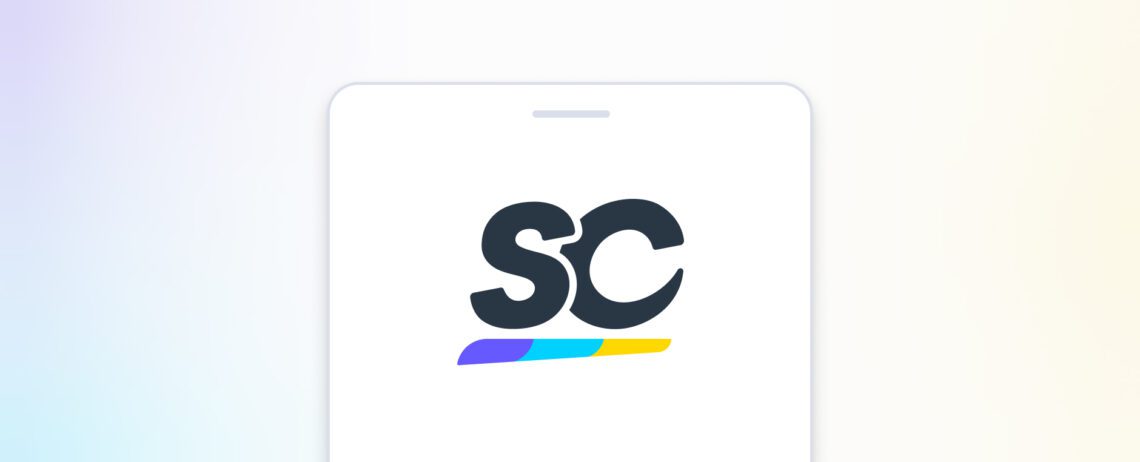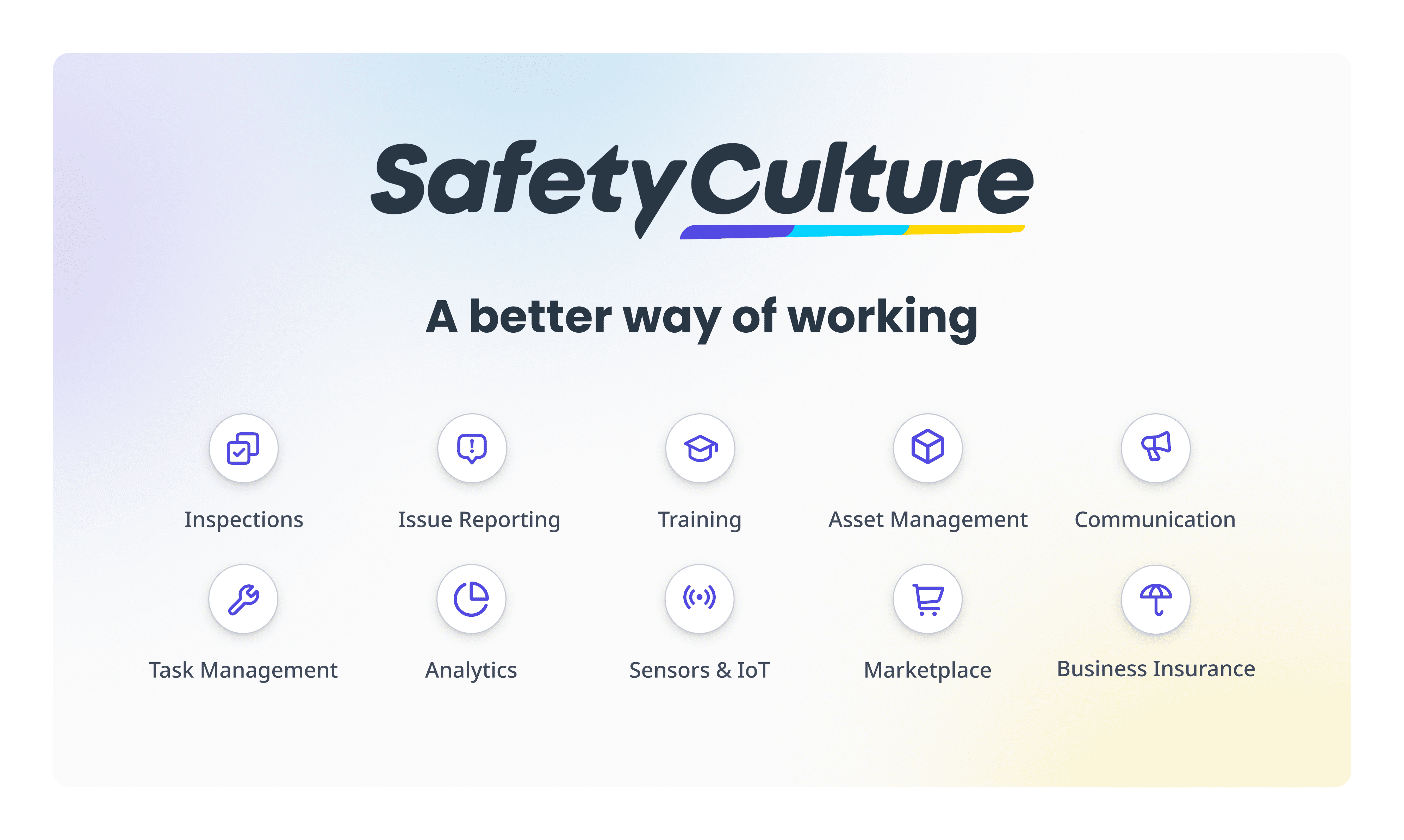SafetyCulture unveils powerful platform designed to transform the way millions of people work
Media Release | By | 27 Oct 2023 | 3 minute read

SafetyCulture, the global technology company known for creating the world’s most-used checklist app – back then known as iAuditor – has unveiled the most significant update to its products since the company began in 2012.
At its inaugural SafetyCulture Next event, the company unveiled a new supercharged version of the SafetyCulture workplace operations platform, which will support its ambition to reach over 100 million deskless workers by 2032.
Despite the fact around 80% of the global workforce works in frontline roles1 , investment in technology has traditionally been focused on supporting systems for office-based workers. SafetyCulture believes it can fill a gap in the market by building software frontline workers actually want to use.

SafetyCulture is already well known for its products that help teams perform inspections and raise and resolve issues. The new version of its platform, unveiled today, also includes:
- Training – Offering a smarter way to onboard, instruct, and upskill teams. This feature digitizes work instructions and equipment manuals and helps create training on the go.
- Assets – Providing a versatile digital record-keeping tool for physical assets, where you can also perform inspections and log issues against specific assets. This feature offers an up-to-date audit trail and access to vital data, like vehicle telematics via QR-code.
- Sensors – Offering the ability to monitor a variety of sensors and telematics.
- Heads Up – Helping leaders communicate critical team updates via video. The feature also records acknowledgment of this information from teams.
- Marketplace – Assisting workers to order workplace gear and equipment with a single click. This feature has been designed to simplify procurement, free up valuable time, and become a one-stop shop. More than 70,000 products from 120 brands are now available to customers in Australia and the US.
Importantly, these features are all integrated and available for workers on the one platform. As a single system, it removes the need for workers to toggle multiple systems, use different apps, and navigate paper-based procedures.
“We’ve announced a lot of new features today – but one thing that hasn’t changed is that we’re working towards a huge goal – to change the way people work, for the better. The other part of that goal is to have the platform we’ve built used by over 100 million users by 2032,” says Luke Anear, Founder and CEO of SafetyCulture.
“SafetyCulture is now so much more than a checklist app. We’ve really packed the platform with as much value as possible for our customers. Over the last few years, we’ve invested tens of millions into research and product development to bring this to life.”
The new platform also assists teams in transforming everyday tasks. It can digitize paper-based forms from a photo, and harnesses the power of AI to help users create custom training, lessons, and inspection templates from their phone in mere minutes. The platform can even suggest opportunities for improvement and recommend actions to users based on best practices and the insights gathered from flagged items during a regular inspection.
Alongside the platform’s launch, SafetyCulture has released new research, Feedback from the Field: Room for Improvement, which delves into the experience of the frontline workforce. The research shows the majority of frontline workers (63%) are likely to use a single app (or a platform) at work, and half (50%) are excited to learn about emerging technologies, including AI.
The research also highlights that frontline workers overwhelmingly believe that the best ideas for improvement come from their own ranks (49%) rather than leadership (23%). While the vast majority (73%) say the business they work for is not currently operating at its full potential.
The SafetyCulture platform aims to help solve many of the issues and remove the productivity barriers faced by the 2.7 billion deskless workers around the world.1 These workers are critical to keeping the global economy moving, and they often perform task and service-oriented roles in industries like manufacturing, construction, hospitality, and retail.
SafetyCulture also teased several new features coming to the platform, including the ability to manage contractors, functionality to manage incidents, and a feature to help improve lone worker safety.
To view a complete list of enhancements or watch a replay of the event, click here.
Media enquiries: press@safetyculture.io
Reference
1 .Emergence (2018). The rise of the deskless workforce.
About the research
*All figures, unless otherwise stated, are from YouGov Plc. The total sample size was 2057 frontline workers aged 18+ (757 US, 531 Australia, 769 UK). Fieldwork was undertaken in June 2023. The survey was carried out online. The figures in each country have been weighted by age, gender and location and are representative of US, UK and AU frontline workers (aged 18+). Frontline workers are defined as individuals who must physically show up to their jobs.
Explore more of what SafetyCulture has to offer:
- The next chapter for SafetyCulture – over 70 new updates to our platform
- How M-Sport rally cars get stage-ready with Assets
- Brentford uses the SafetyCulture platform to deliver the best match-day experience
Important Notice
The information contained in this article is general in nature and you should consider whether the information is appropriate to your specific needs. Legal and other matters referred to in this article are based on our interpretation of laws existing at the time and should not be relied on in place of professional advice. We are not responsible for the content of any site owned by a third party that may be linked to this article. SafetyCulture disclaims all liability (except for any liability which by law cannot be excluded) for any error, inaccuracy, or omission from the information contained in this article, any site linked to this article, and any loss or damage suffered by any person directly or indirectly through relying on this information.




